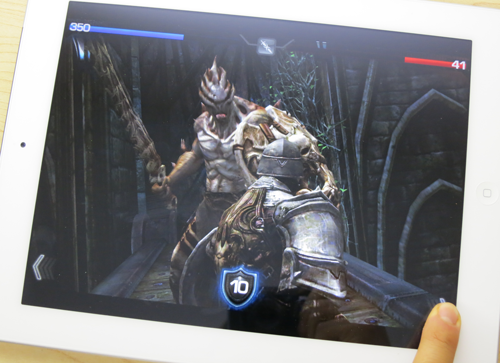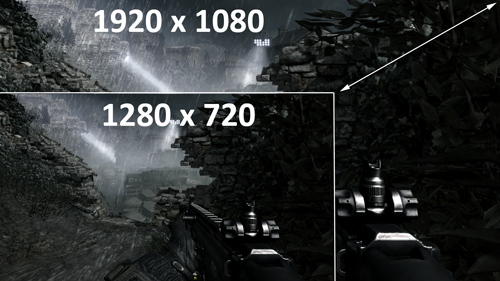The Complete iPad 3 Review: Retina Display, A5X, 4G LTE, And Camera
Driving Higher Resolutions Requires More Power
The iPad 3's display is visually stunning. But driving more pixels using a more powerful graphics processor requires a trade-off in the form of higher power use. (If you're not familiar with the A5X or how it compares to other SoCs, read our earlier part one coverage of the iPad 3.)
Rather than using a larger panel, which would have been impractical on a tablet, Apple's Retina display occupies the same 9.7" footprint, augmenting resolution through greater pixel density. The result, however, is increased power consumption that tracks in much the same way you'd expect from 22" and 27" screens running at different resolutions. In that parallel, the 27" monitor consumes 3x to 4x more energy as it drives more pixels. Apple is unable to mitigate the increased power consumption normally associated with higher-resolution screens because it's still using panels manufactured with amorphous silicon. These displays are far less energy efficient than the Low Temperature Poly Silicon (LTPS) used on the iPhone's Retina display.
| Desktop Power ConsumptionCore i5-2500K, HD Graphics 3000 System | 1280x720 | 1920x1080 |
|---|---|---|
| Desktop Idle | 49.1 W | 50 W |
| Call of Duty: Modern Warfare 3 | 101 W | 104 W |
The iPad 3's high-resolution display also requires a more powerful graphics processor, which had its own impact on power use. More pixels on the screen necessitate a faster piece of silicon to draw and render, just to maintain similar performance. Although desktop PCs feature much more thermal flexibility, the chart above illustrates our point: a GPU has to work harder at higher resolutions, reflected in a power measurement. This is just as applicable on a tablet employing embedded graphics.
Fortunately, the iPad 3 features Apple's new A5X SoC. It's fundamentally the same as the iPad 2's A5, except that it has four GPU cores, effectively doubling graphics potential. The A5X powers the iPad 3's display at 2048x1536 just as smoothly as the A5 at 1024x768.
Get Tom's Hardware's best news and in-depth reviews, straight to your inbox.
Current page: Driving Higher Resolutions Requires More Power
Prev Page Wide-Gamut Color Performance Next Page Battery Life: What To Expect-
tomfreak lol FAIL hard when I see keyboard are displayed on TV as well despite being docked and to make thigns worst one still need to carry the adapter around to plug HDMI......Reply -
confish21 Really a solid tablet. Just wish the adapter and outrageous bills could disappear... Great Review!Reply
100 degrees is damn hot but I think the results are justified. -
aicom Tomfreaklol FAIL hard when I see keyboard are displayed on TV as well despite being docked and to make thigns worst one still need to carry the adapter around to plug HDMI......+1 to the keyboard thing. But remember that most tablets (all?) don't have full size HDMI so you probably need a dongle 99% of the time anyway.Reply -
tomfreak HDMI port is not very thick, I still wonder whats keeping them from putting in on tablet.Reply -
aicom TomfreakHDMI port is not very thick, I still wonder whats keeping them from putting in on tablet.The port isn't all that's needed. There's also a bit of hardware around it for the socket that makes it a tad thicker and a stretch to fit in the chasis of tablets.Reply -
tomfreak aicomThe port isn't all that's needed. There's also a bit of hardware around it for the socket that makes it a tad thicker and a stretch to fit in the chasis of tablets.looks like we gonna wait wide adoption for mini display port for TV then.Reply

